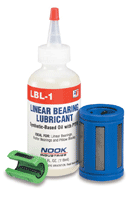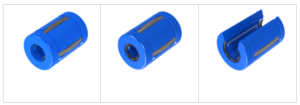With so many markets, products and changes happening within the industry, it can be a challenge for designers to know where to find reliable and helpful information . Luckily, we’ve provided two companies who work hard in delivering topnotch, insightful content to help broaden your knowledge of the industry.
You might know Rockwell Automation as the world’s largest company for industrial automation and information, but did you know the company delivers a wide array of white papers, tools and other industrial automation methods, trends and technologies? The Journal from Rockwell and Our PartnerNetwork™ recently published “The Basics of Ball Screws,” which teaches the key terms, preloading methods and calculations for understanding ball screws.
Rockwell also provides beneficial tools, such as its “Motion Analyzer,” which offers an inertia calculator and compatibility browser for a variety of different products, including linear motion products & systems.
Design World provides daily news in the industry, videos, tech tutorials, webinars and trending topics.According to its website, “Design World is written for engineers by engineers with an emphasis on applying the engineering fundamentals to real world machine design applications across industries including medical, packaging, semiconductor, material handling, and off-highway.” From pneumatics to robotics, the magazine and its digital brand stand as invaluable resources for designers and engineers who wish to be ahead of the curve in the latest industry happenings.




